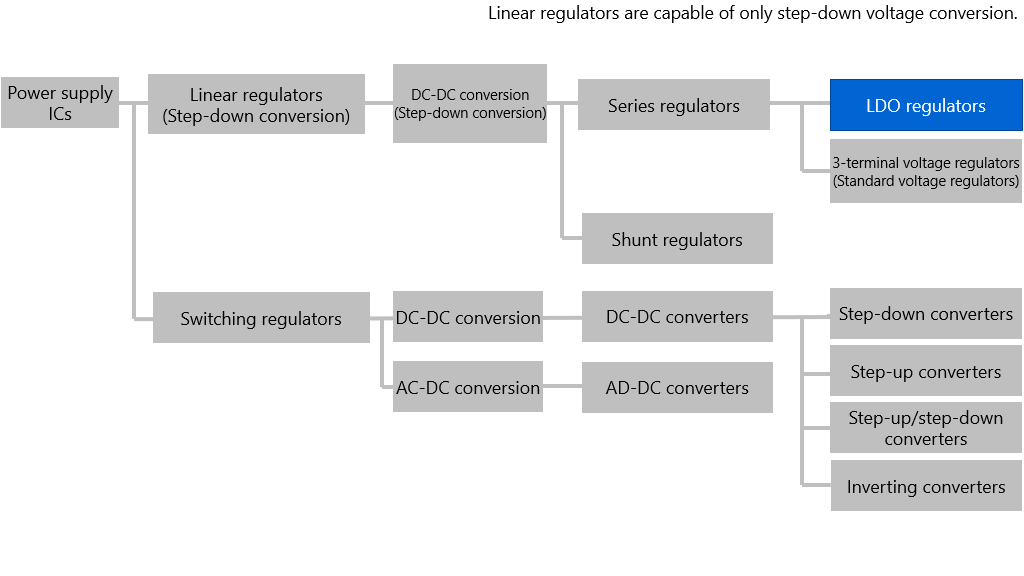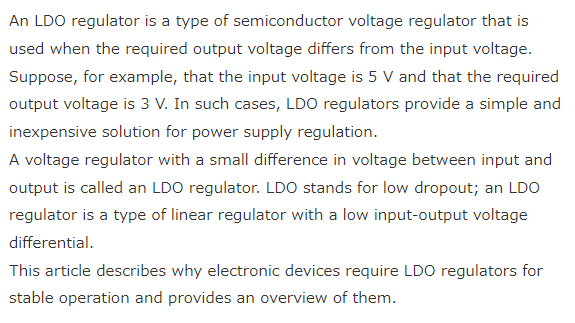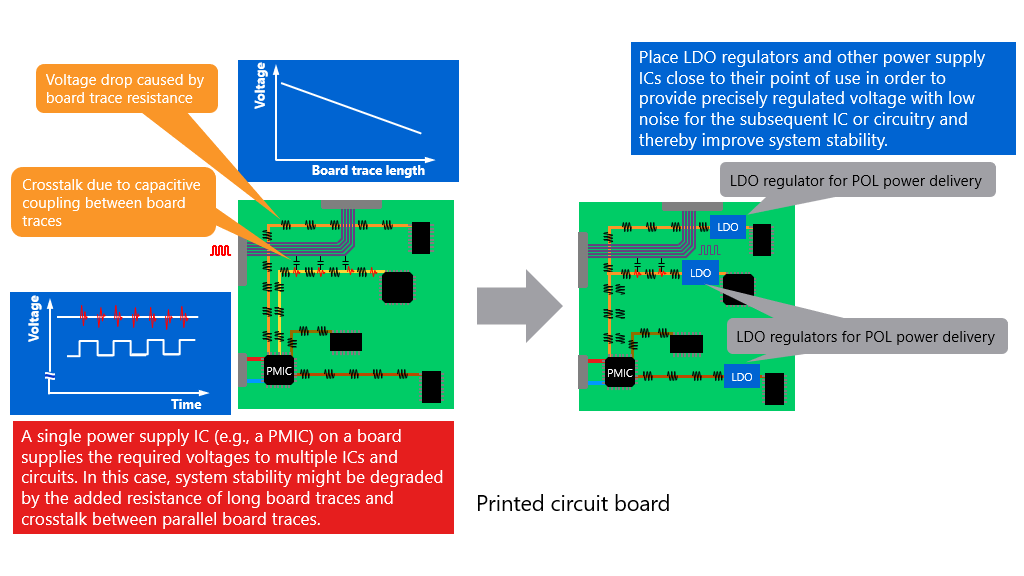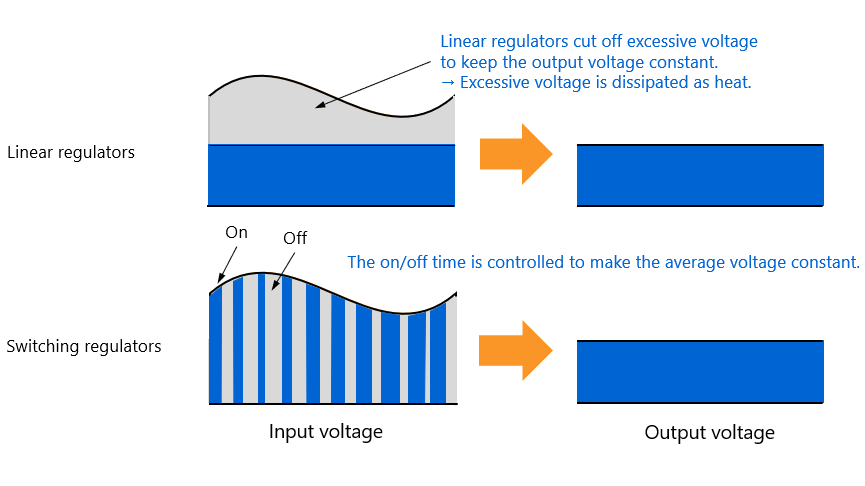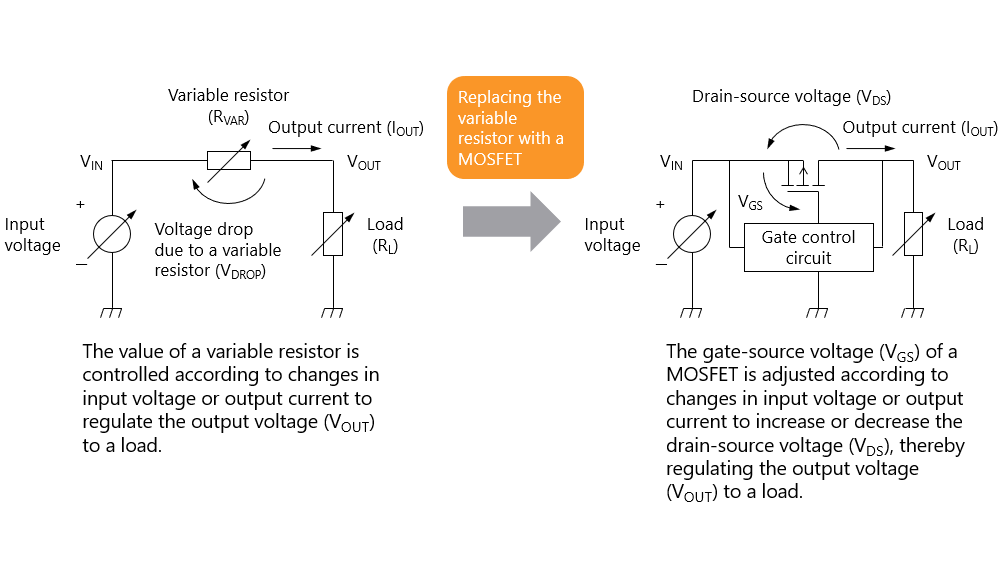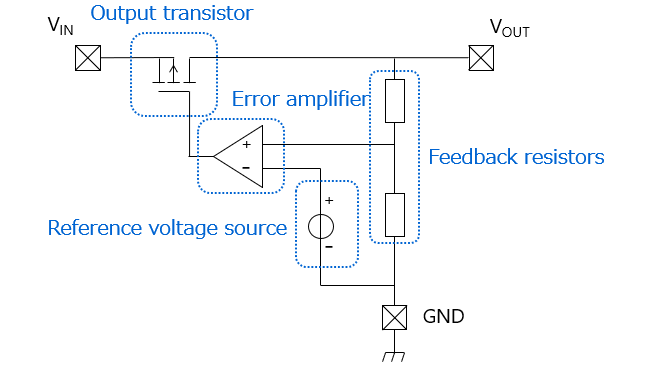- 型号 & 关键词搜索
- 交叉搜索
- 参数搜索
- 库存查询与购买
This webpage doesn't work with Internet Explorer. Please use the latest version of Google Chrome, Microsoft Edge, Mozilla Firefox or Safari.
请输入3个以上字符 Search for multiple part numbers fromhere.
The information presented in this cross reference is based on TOSHIBA's selection criteria and should be treated as a suggestion only. Please carefully review the latest versions of all relevant information on the TOSHIBA products, including without limitation data sheets and validate all operating parameters of the TOSHIBA products to ensure that the suggested TOSHIBA products are truly compatible with your design and application.Please note that this cross reference is based on TOSHIBA's estimate of compatibility with other manufacturers' products, based on other manufacturers' published data, at the time the data was collected.TOSHIBA is not responsible for any incorrect or incomplete information. Information is subject to change at any time without notice.
请输入3个以上字符
1-9.三端稳压器与LDO稳压器的区别
典型三端稳压器(也称标准稳压器)的输出晶体管使用NPN型晶体管或N沟道MOSFET。
这类稳压器工作需要输入输出电压差,称为压差(VDO),如下图所示。NPN型稳压器,VDO最小值必须满足VIN-VOUT>RIN×IIN+2×VBE。
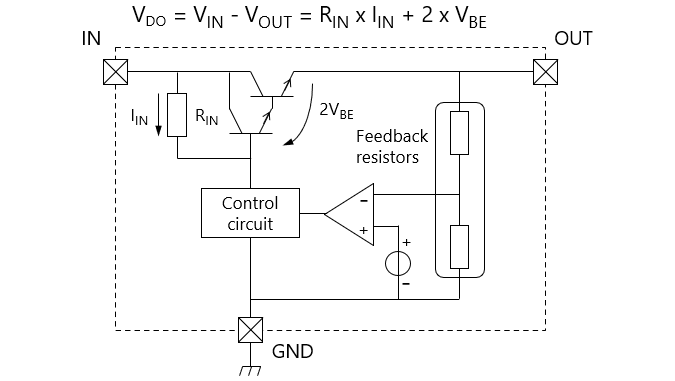
采用MOSFET的稳压器,VDO 的最小值必须满足VIN-VOUT> RIN×IIN+VGS。假设RIN=1kΩ, IIN=1mA,VBE=0.7V,VGS=1V。那么,经计算生成5V输出电压所需最小输入电压,NPN型稳压器为7.4V,基于MOSFET的稳压器为7V。
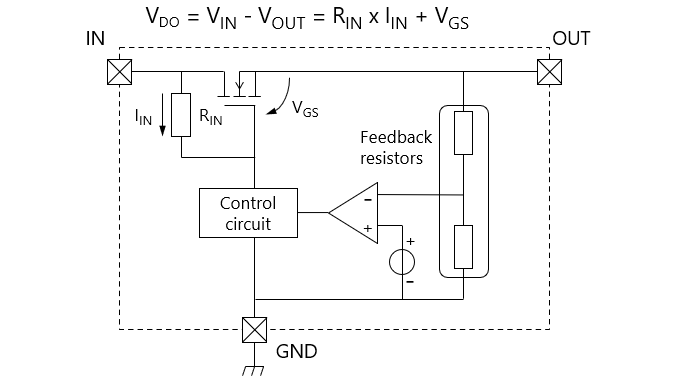
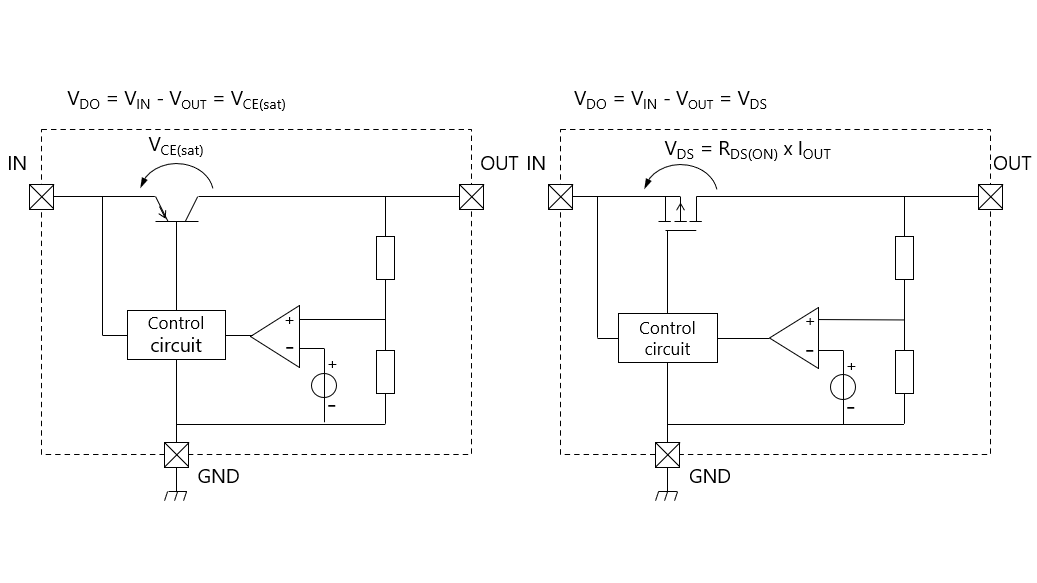
与这些稳压器不同,LDO稳压器主要使用PNP晶体管或P沟道MOSFET作为输出晶体管。这种LDO稳压器的最小压差由集电极-发射极电压(VCE(sat))和漏源电压(VDS=RDS(ON)×ID)决定。因此,LDO稳压器的工作压差小于三端稳压器。
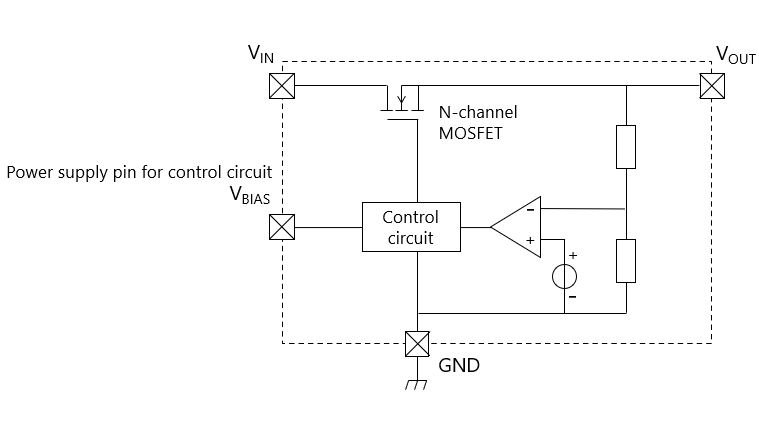
还有一种新型LDO稳压器压差更小。它使用导通电阻小于P沟道MOSFET的N沟道MOSFET作为输出晶体管,配有专门用于控制电路(包括MOSFET驱动电路)的电源引脚。
- Prev
- 9/9
第Ⅰ章:低压差(LDO)稳压器介绍
相关信息
- 产品
低压差稳压器(LDO稳压器) - 应用说明
应用说明 - FAQ
LDO稳压器 - 参数搜索
LDO稳压器 - 库存查询与购买
库存查询与购买


